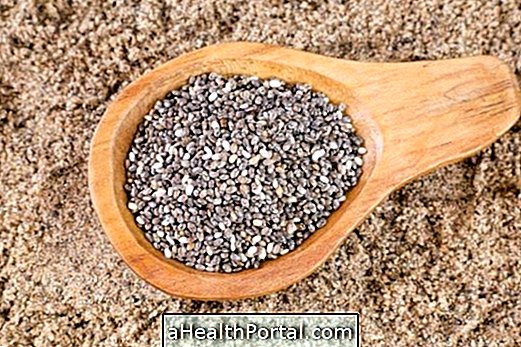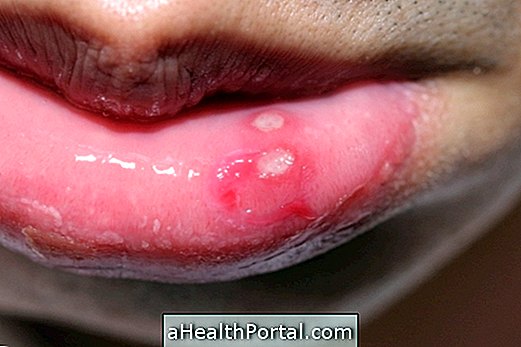Excessive consumption of chemical additives can be harmful to health and cause headache, inflammation in the gut and in the long run, even cancer. On the other hand, in the case of food with bacteria and insects, if it goes through cooking at high temperatures, the danger is reduced or eliminated, because the heat destroys these substances.
However, if the contamination or use of adulterated products such as cardboard, skin and animal carcasses is made in processed products such as sausage, ham or mortadella, identification of the problem becomes more difficult due to the high use of substances to mask the taste, the smell and consistency of this type of food.
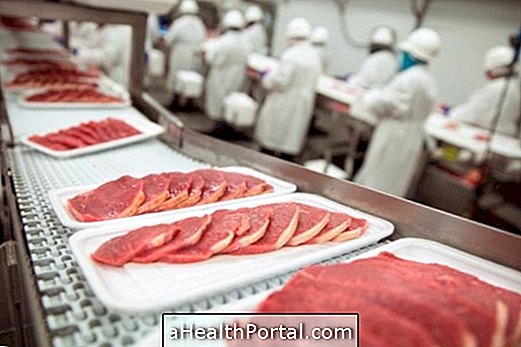
For example, providing food contaminated with micro-organisms harmful to health, hair, insects and mouse hairs, for example, is already banned and well monitored, but it is also important to worry about the chemicals that the industry uses to improve taste, color, the consistency and the smell of products such as meats, sausages, hams, bologna, jellies and frozen ready-made food.
How to know if the food is contaminated
To identify if the food is contaminated, the main signs are strong smell and usually sour or rancid, and color and consistency have changed. In meat, for example, the color tends to be dark red, dull and with the hardest consistency, while the fish have a smell of sulfur, soft consistency, loss of scales and whitish eyes.
There have already been cases where a frozen bolognese lasagna was actually made with chicken or horse meat, rather than beef to produce the ground beef. It is also common for sausages and nuggets to be made with skin, liver, kidneys, fat and chicken bones, as well as corn and soy to increase the product's profitability.
Chemical additives are more dangerous to health

Although eating fatty, skin, bone and animal hair is not healthy, frequent consumption of chemical additives can bring even worse health consequences such as intestinal inflammation, headache, dizziness, vomiting, allergies and liver fat.
The quantity and type of the additive must be made according to the legislation, which releases or prohibits substances and limits their amounts in food. However, the main problem is that the consumption of several industrialized foods on a daily basis causes the population to exceed the safe limit for health.
How to identify food additives
All additives used to make processed foods should be on the list of ingredients on the product label. In general, they are presented with strange and difficult names, such as emulsifiers, stabilizers, thickeners, anti-binders, monosodium glutamate, ascorbic acid, BHT, BHA and sodium nitrite, for example.
See the following table for examples of food additives and in what foods they are most commonly used:
| Additive | Foods | Bad habits |
| Nitrite and sodium nitrate | Cured, cooked meats, cheeses and processed meats like bacon, ham, sausage | cancer of the colon, rectum and reduction of oxygen in the blood |
| Phosphoric acid | Soft drinks, frozen dairy products, bales and bakery products | Kidney stones, calcium reduction and bone weakness |
| BHA and BHT | Margarines, cakes, toast, pies and breads | Toxic action on liver and cancer |
| Monosodium glutamate | Seasoning in cubes, sauces, soups in powder, instant noodles, fast food, frozen ready-made | headache, tingling, migraine, nausea, diarrhea, tingling |
| Galila de Propila | Margarines, vegetable fats, vegetable oils | irritation in the stomach |
| Sulphites | frozen potatoes, biscuits, pie crust, lemon juice in bottles and dehydrated fruits | reduction of vitamin B1 and headaches |
| Gums | Ice creams, soups, jams, jellies | reduces absorption of vitamins |
In addition, the industry can also place only the acronyms of these products, which are always initialed by the letters INS and followed by a number, thus appearing names like INS 123, INS 249 and INS 321, for example.
How to avoid the additives
To avoid overuse of food additives, one should always prefer to consume foods in their natural form, such as grains, fruits, vegetables, meats and eggs. Also, it is important to choose organic foods because they are produced without pesticides and without artificial chemicals, helping to maintain health.

Another important tip is to always read the food label and prefer those with few ingredients, avoiding those with strange names or numbers, as they are usually the food additives.
See 5 other products with Harmful Chemical Substances.

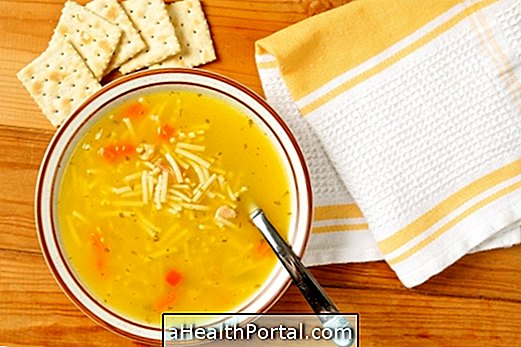

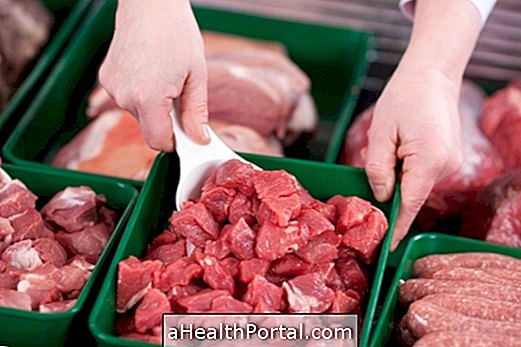
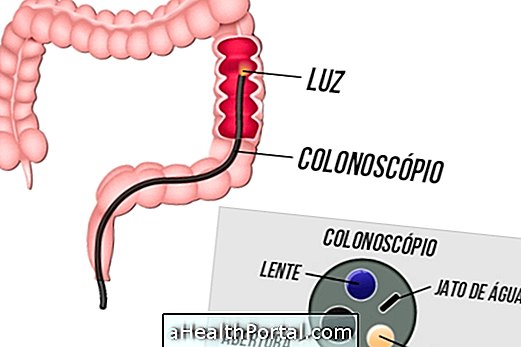
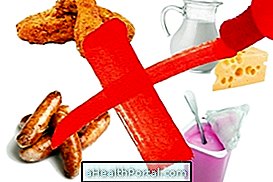

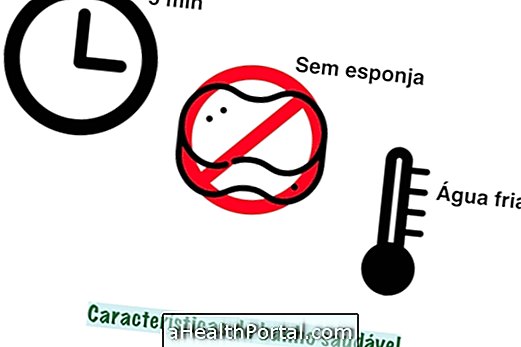


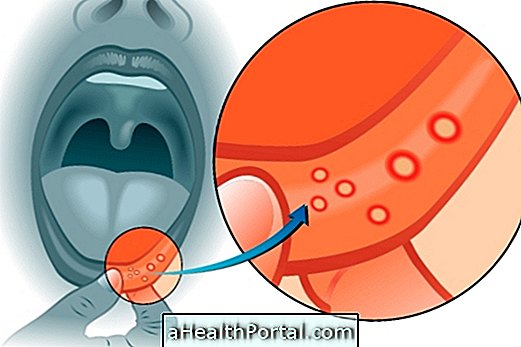



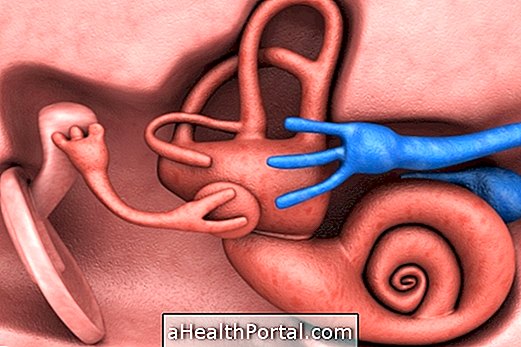


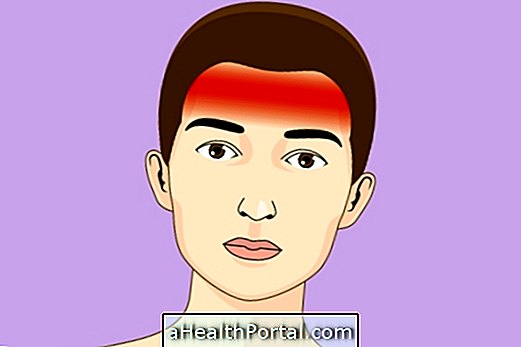
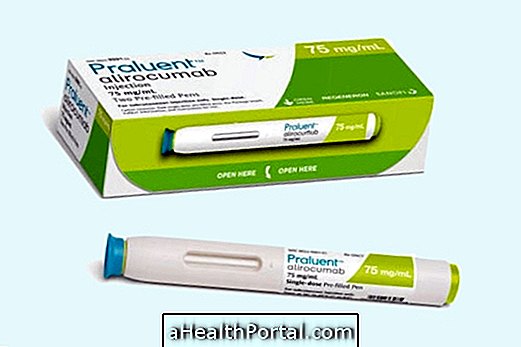
-o-que--quando-fazer-e-como-funciona.jpg)
